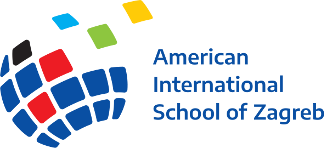MS Information & Communication Technology / PhotoShop
Cyber Smart
This glossary will cover all relevant terms regarding Cyber Safety and being Cyber Smart that are covered in class.
Special | A | B | C | D | E | F | G | H | I | J | K | L | M | N | O | P | Q | R | S | T | U | V | W | X | Y | Z | ALL
S |
|---|
Safe Online Talkpeople online are strangers. They could have a fake name, age, hobbies and other informations. Don't tell online people your personal informations, unless you know who exactly they are in real life. Be careful the pictures and videos you send, because everyone could see it. Do not share other people's pictures without their permission. |
Safe passwordsYour passwords should usually contain numbers capital letters and normal letters. It should contain no information about yourself. |
Safe Sharing of InformationDon't share personal information to people you don't know |
safety termsYou always need to log off when you leave the computer. Otherwise you can get hacked. |
Secure PasswordA secure password should be eight or more characters long with a combination of letters and number that have no connection to personal information |
Secure passwordsWhat ever sight or account you have you should always have a secure password. A secure password should have at least 8 digits followed by nubmers and letters |
Sign into Chrome..Sign into Chrome, to use your book |
Signing into programsIf you sign into a ghame account, use a fake name. It is safer, because it contains no private information. |
SoftwareSoftware is the stuff you have all over your computer; for example, the browser you're using right now to view this is software. This is not the same as hardware; as hardware is the backbone of your PC and software is simply the stuff that improves it. Most software can be downloaded from the Internet. |
SpamSpam is a kind of unsolicited messages that is sending by electronic messaging system. |

Social networks